
It was a discovery that has split the scientific community – the fossilized remains of what seemed to be a new very small species of human that lived on a remote tropical island in South East Asia.
Homo Erectus
Now, some new extraordinary fossils have been found on the island of Flores in Indonesia that may finally settle the debate about the origins of these strange little humanoids that appear to have lived some 90,000 to 50,000 years ago, though initially thought to be around 12,000-years-old.
Standing a little over 3 feet (1 meter) tall, 30 kilos heavy, the inhabitants of Liang Bua cave where the first remains were found in 2003, was nicknamed “The Hobbit” as inspired by Tolkien’s Lord of the Rings.
The scientists who first made the discovery in 2003 have maintained they are a separate species of human (Homo Florensis) that evolved from an earlier human ancestor like Homo Erectus, after becoming isolated on Flores. Other scientists have doubted this and insist that the bones belong to a larger type of human that was suffering from an inherited condition like dwarfism.
The new findings, reported in the journal Nature, reveal that the Hobbit most probably is descendants of an early but large Homo erectus lineage of humans that shrunk within 300,000 years of getting marooned on the east Indonesian island of Flores.
Insular Dwarfism
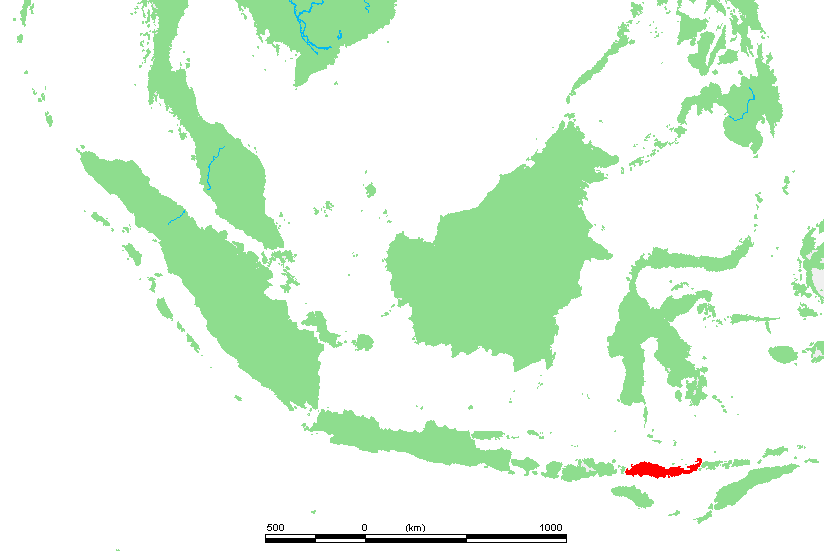
Initially incorrectly dated in 2004 to be around 12,000-years-old, the two new papers published in Nature details three separate techniques used to date the fossils, confirming they were 700,000 years-old.
The scientist’s reason that the stress of living on the small island caused the inhabitants to decrease in size to an average height and size, they thereby support the Insular dwarfism hypothesis. an effect was seen in many animals where a large animal which migrates to an island finds a lack of need for its size due to fewer resources or lack of predators, and in following generations, the smaller offspring are more successful. Over time, the entire species finds its average size shrinks.
The newfound fossils include a lower right jaw fragment and several teeth from at least one adult and two milk teeth from two children. These remains were found while excavating layers of sandstone at an ancient stream, once covered and then preserved by an ancient volcanic mudflow in an area of Flores named Mata Menge.
Died Out
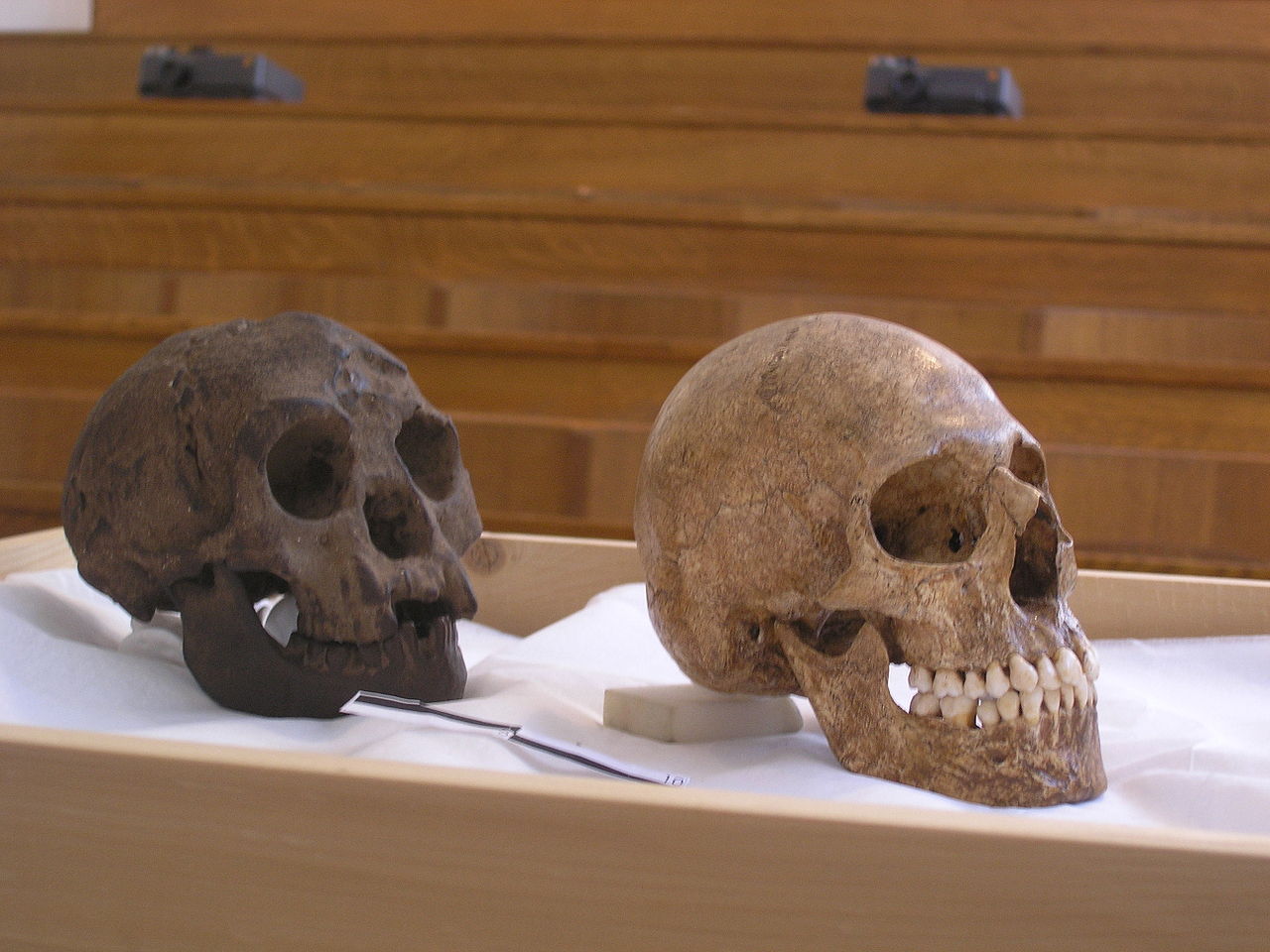
It is thought that around 700,000 years ago when this human species lived there, Flores was probably an open Savannah grassland dotted with patches of wetlands and forests.
This population of seems to have flourished in isolation from the rest of the world, but Homo Floresiensis was probably an evolutionary dead end that became extinct following the arrival of modern humans around 50,000 years ago.
The researchers will now set about to figure out how these small humanoids arrived on the island, what their population numbers were and what was the cause of their disappearance some 50,000 years ago, the same time as when modern humans first migrated to the region.
The new fossil findings are presented in this Nature video, what the findings might reveal about this strange species to help us to understand its history.
_______________
G. D. van den Bergh et al, Homo floresiensis-like fossils from the early Middle Pleistocene of Flores, doi: 10.1038 / nature17999
A. Brumm et al, Age and context of the oldest known hominin fossils from Flores, doi: 10.1038 / nature17663
______________________________





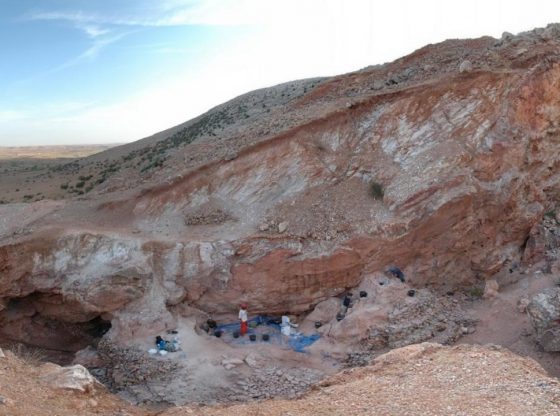
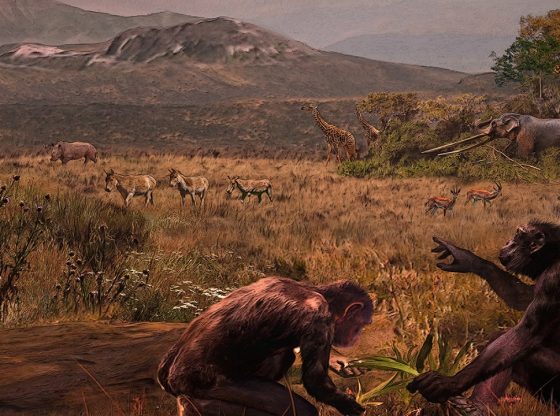

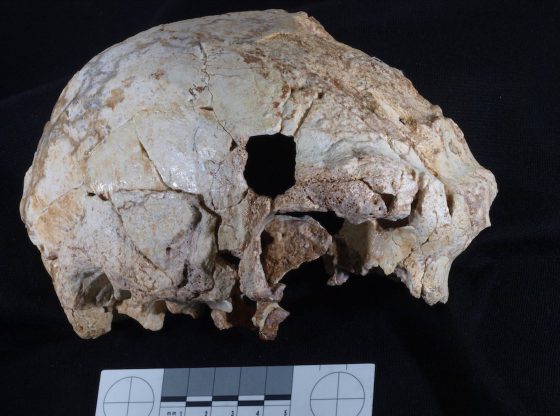
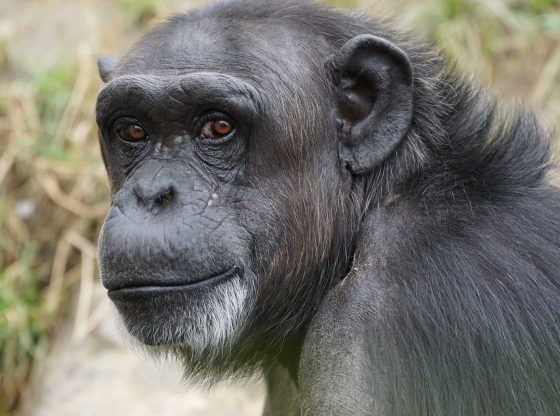

![OpenAI. (2025). ChatGPT [Large language model]. https://chatgpt.com](https://www.illustratedcuriosity.com/files/media/55136/b1b0b614-5b72-486c-901d-ff244549d67a-350x260.webp)
![OpenAI. (2025). ChatGPT [Large language model]. https://chatgpt.com](https://www.illustratedcuriosity.com/files/media/55124/79bc18fa-f616-4951-856f-cc724ad5d497-350x260.webp)
![OpenAI. (2025). ChatGPT [Large language model]. https://chatgpt.com](https://www.illustratedcuriosity.com/files/media/55099/2638a982-b4de-4913-8a1c-1479df352bf3-350x260.webp)








